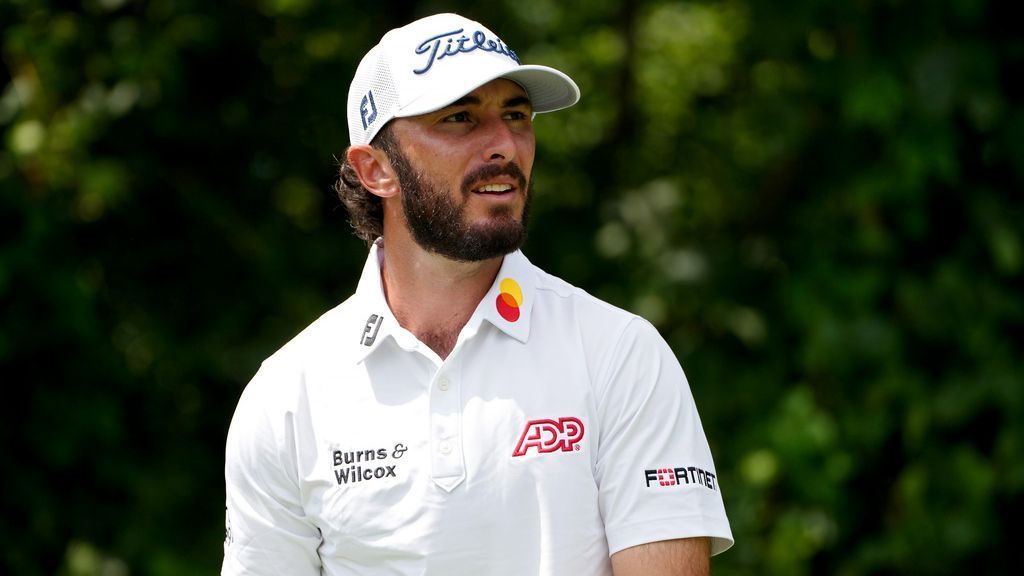New know-how invented by Dutch staff ‘Dutch Drone Gods’ delivers the quickest FPV drone single shot, following Max Verstappen’s model new Oracle Pink Bull Racing RB20 for a full lap of the Silverstone Circuit.
Click on right here to subscribe to our print version!
The uninterrupted first-person-view (FPV) footage of Verstappen’s full lap of the Silverstone Grand Prix circuit was shot with a manually piloted drone that was custom-built for this function.
The 2024 automotive was introduced up shut and private to viewers for the primary time, marking the profitable flight of a digicam drone at such pace and period, capturing high-definition video.
“I by no means thought I’d see a drone going that fast only for digicam footage,” stated Verstappen after seeing it in motion on the circuit.
“I didn’t understand it was following me while driving within the moist, and it was very near me in some locations,” continued the three-time Components One World Champion. “I used to be shocked at how shortly it might sustain and the way shut it might get within the corners. It offers a unique perspective to watching Components One,” he added.
It took over a 12 months to create a drone that would speed up two instances sooner than an F1 automotive, reaching 300 km/h in simply 4 seconds, with a high pace of over 350 km/h.
Dutch Drone Gods and pilot Ralph Hogenbirk, also referred to as Shaggy FPV, have been making ready for a lap behind their countryman Verstappen with a number of flight simulations, and the primary ideas of the drone have been drawn of their workshop positioned in Eindhoven, within the South of the Netherlands.
The event was accelerated by the Dutch Drone Gods’ entry to the experience and processes of Pink Bull Superior Applied sciences, a high-performance engineering arm of the Oracle Pink Bull Racing Components 1 staff. The corporate designed and manufactured light-weight, aerodynamic fairings and structural motor mount arms to assist cut back the full mass of the drone by roughly 10%.
This progress was trialled by quite a few checks at Components 1 tracks, utilising RB8 and RB19 automobiles pushed by reserve driver Liam Lawson and 13-time Grand Prix winner turned broadcaster David Coulthard.
“If you see the massive, vast pictures, you lose perspective on the automotive’s pace. So many purposes give the followers the sensation of what it’s wish to be in one in all these race automobiles. When you’ve gotten the drone up shut like that, you’re immersed in the entire expertise. I’m certain we’ll see this as a part of our broadcast within the not-too-distant future,” stated David Coulthard.
The pilot managed the drone’s flight route utilizing a radio controller, observing the flight path solely by goggles that offered a low-resolution view from the drone’s vantage level. The digicam angle was adjusted concurrently with a foot pedal, requiring precision in hand-to-eye coordination to ship a clean close-up shot of an F1 automotive going over 300 km/h.
Having beforehand piloted quite a lot of FPV drones following MTB bike athletes in occasions like Pink Bull Cerro Abajo, maintaining with the Components 1 automotive going at full pace introduced a brand new problem for Shaggy FPV and the rising know-how, encompassing cornering, acceleration, deceleration, battery life, connectivity between the drone, receiver, and the pilot, in addition to navigating over bridges and underneath billboards.
“This can be a particular drone as a result of that is the one one with a fitted digicam and goes this quick. It’s absolutely custom-built, and we’ve got developed it as a one-of-a-kind product. It’s a very difficult challenge to create a quick sufficient drone to maintain up and preserve the automotive in full body while capturing the shot curiously,” commented the drone pilot Shaggy FPV. “This was the craziest shoot I’ve performed up to now.”
Not solely was it difficult for the pilot to remain near the RB20 automotive whereas navigating obstacles similar to bridges across the circuit, however there have been additionally important technical hurdles for the drone to beat.
Whereas the typical client drone travels round 60 km/h, with an approximate battery lifetime of half-hour, this new drone, designed to chase the RB20, wanted to fly with the agility of an F1 automotive. This meant it wanted important decelerations, notably decreasing battery life to roughly 3 minutes. Verstappen was conscious of those challenges as he watched the footage of the drone trailing behind his automotive.
“For the pilot, there are loads of issues that it’s essential to contemplate, for instance, avoiding bridges and anticipating our braking factors, as we’ve got a brake pedal, however within the air, it really works in another way. So, it’s very annoying, I feel, to be that focussed,” commented Max Verstappen.



















